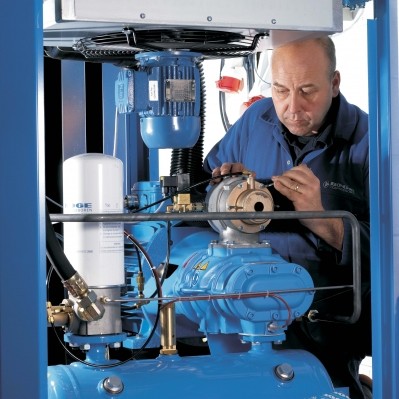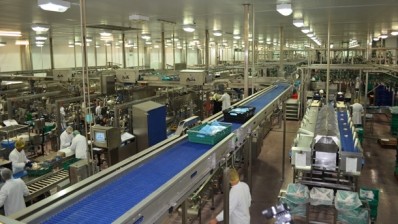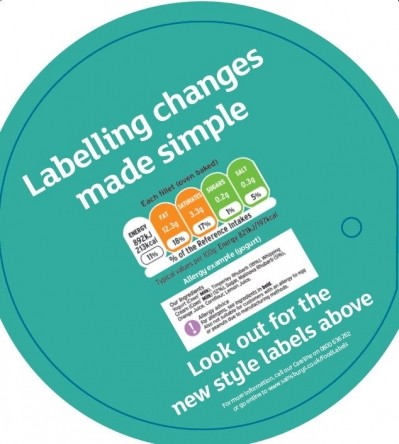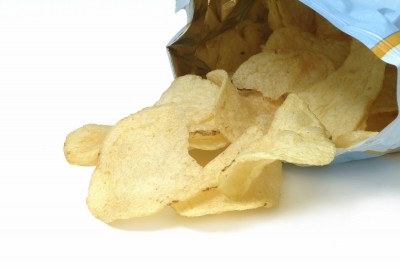New guidance airs a pure food hygiene issue
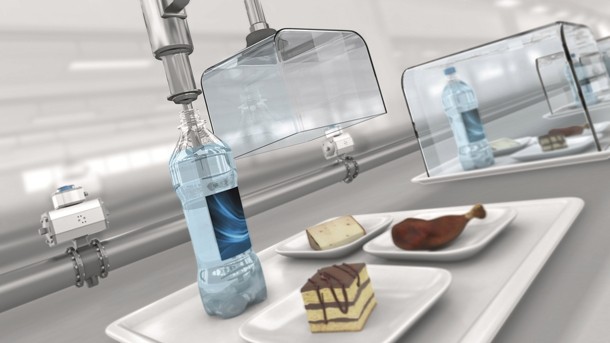
Much food preparation involves the use of compressed air, and it is vital that the purity of this air is maintained throughout the manufacturing process to safeguard the food against contamination.
The BCAS booklet allows informed decisions to be made on the type of compressed air equipment required; how it must be installed, maintained and, crucially, the requirements for air purity. It expands on the provisions for the supply of compressed air in food and beverage manufacturing specified in the BRC Global Standard for Food Safety ISO 22000 and ISO TS 22002-1.
Guidelines
There are two ways the guidelines will affect production processes, said Thorite, a supplier of compressed air products and process systems. The first concerns direct contact, where compressed air is used as part of processing, including packaging and transportation. The second covers indirect contact where compressed air is exhausted into the local atmosphere around the food preparation, production, processing, packaging or storage areas.
There has been much debate recently about the importance of maintaining compressors to ensure high air quality in systems, said Andrew Macpherson, industry sector manager for food and beverages at pneumatic specialist Festo. But that is only part of what is needed to ensure air quality is maintained throughout food production processes, he added.
Where air comes into direct contact with food or packaging, higher air quality is required and this enhanced purity is achieved by using a cascade filter system, said Macpherson.
Vital component
A vital component of total product maintenance (TPM) of compressed air systems is to ensure these filters are correctly specified, maintained and replaced when required, he added. Part of any TPM system is an effective hazard analysis critical control point system, Macpherson added.
Because different levels of air quality are required at different points of the food production process, careful thought is required to combine basic centralised compressed air preparation alongside decentralised auxiliary preparation supplied by a series of high-quality filters, he said. This is achieved by treating the air quality as close as possible to the consuming device to ensure that only the amount of air required is prepared to the higher quality, eliminating pressure drops and wasted energy.
For direct contact with non-dry foods such as beverages, meat or vegetables class 1.4.1 air is required, said Macpherson. However when dry foods are being prepared, whether during transport or mixing, then a higher quality of class 1.2.1 is demanded, he added.
